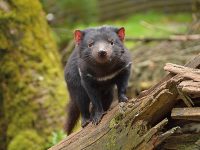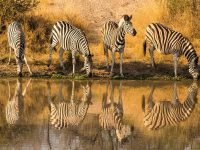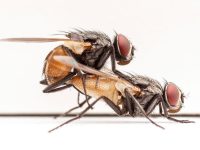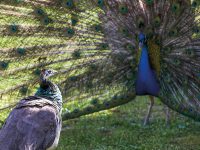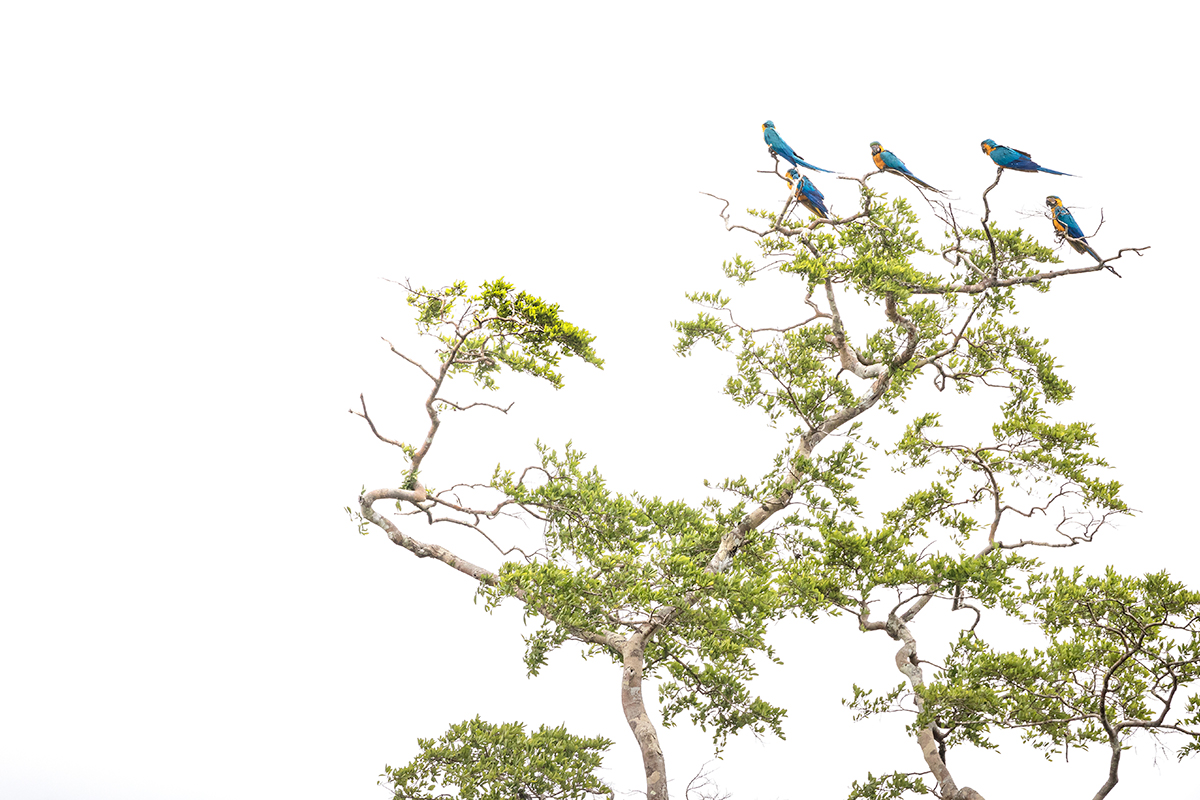
The global wildlife trade is worth between four and seventeen trillion euros a year. The industry includes local and international trade, both regulated and illegal. In addition to animals, it also includes plants and fungi. For example, it is estimated that between 2000 and 2005, around 370 million orchids and 88 million cacti were traded internationally. As for animals, more than 15,000 vertebrate species (about 20% of the described species) are categorised for use and trade: amphibians and reptiles, mainly as pets; birds as pets and for different kinds of products; mammals for products; and fish mostly as food for humans. It is estimated that this industry could be causing up to a 60% decrease in the abundance of some of the species traded, although it has been suggested that the figure could increase if the impact on little-studied groups and species were to be fully known. As a result, many populations and species are being driven to collapse.
The pandemic caused by COVID-19, with a link between the emergence of the virus and wildlife markets in China, led different organisations to call for a ban on wildlife trade. In response, some institutions warned that this measure would destroy local trade and thus affect millions of families whose only income comes from this industry. It would also boost illegal trade and undermine local dynamics of environmental sustainability.
The complexity underlying the regulation of wildlife trade should be nothing but an invitation to personal self-reflection. The macaws in the image were photographed during my stay at the Fauna Forever biological station in Tambopata, Peru. The feeling of observing these animals in freedom, in the silence of the distance and as if they had taken control of their environment, was very different from when I saw the same species again a few months later, back in Spain. A person was walking through the centre of Granada with two macaws on his shoulders: they were his pets. Far from being shocked, the bustling crowd of people gathered around to praise such a feat. Perhaps photography is one of the best tools we have to understand the real position that wildlife should occupy in the environment; perhaps it is one of the best ways to understand what we stand to lose if we do not reconsider how we relate to the natural world, for example, through trade.

